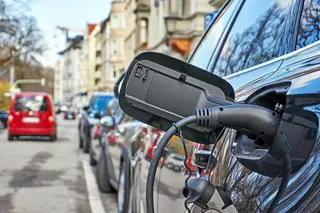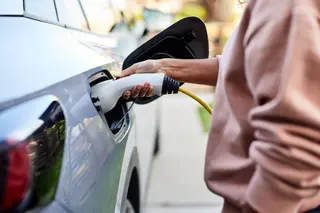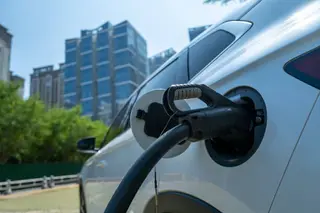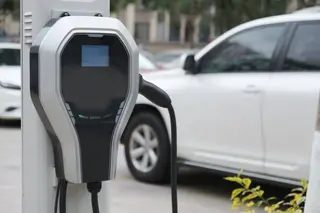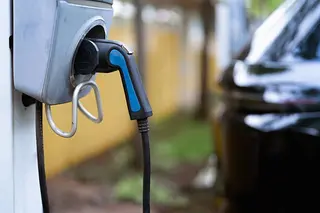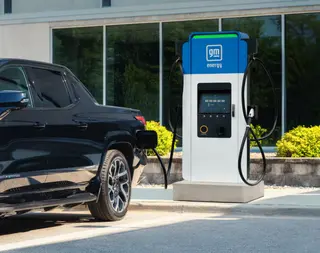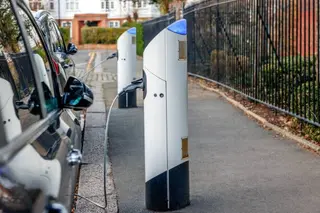How DC Fast Charging Works
Introduction The rise of electric vehicles (EVs) is transforming the global transportation industry, and one of the most critical factors influencing adoption is charging speed. For many drivers, the ability to quickly recharge an EV during long-distance travel is just as important as vehicle range. This is where direct current (DC) fast charging plays a key role. Unlike traditional Level 1 or Level 2 charging, which rely on alternating current (AC) from the power grid and require onboard conversion...


